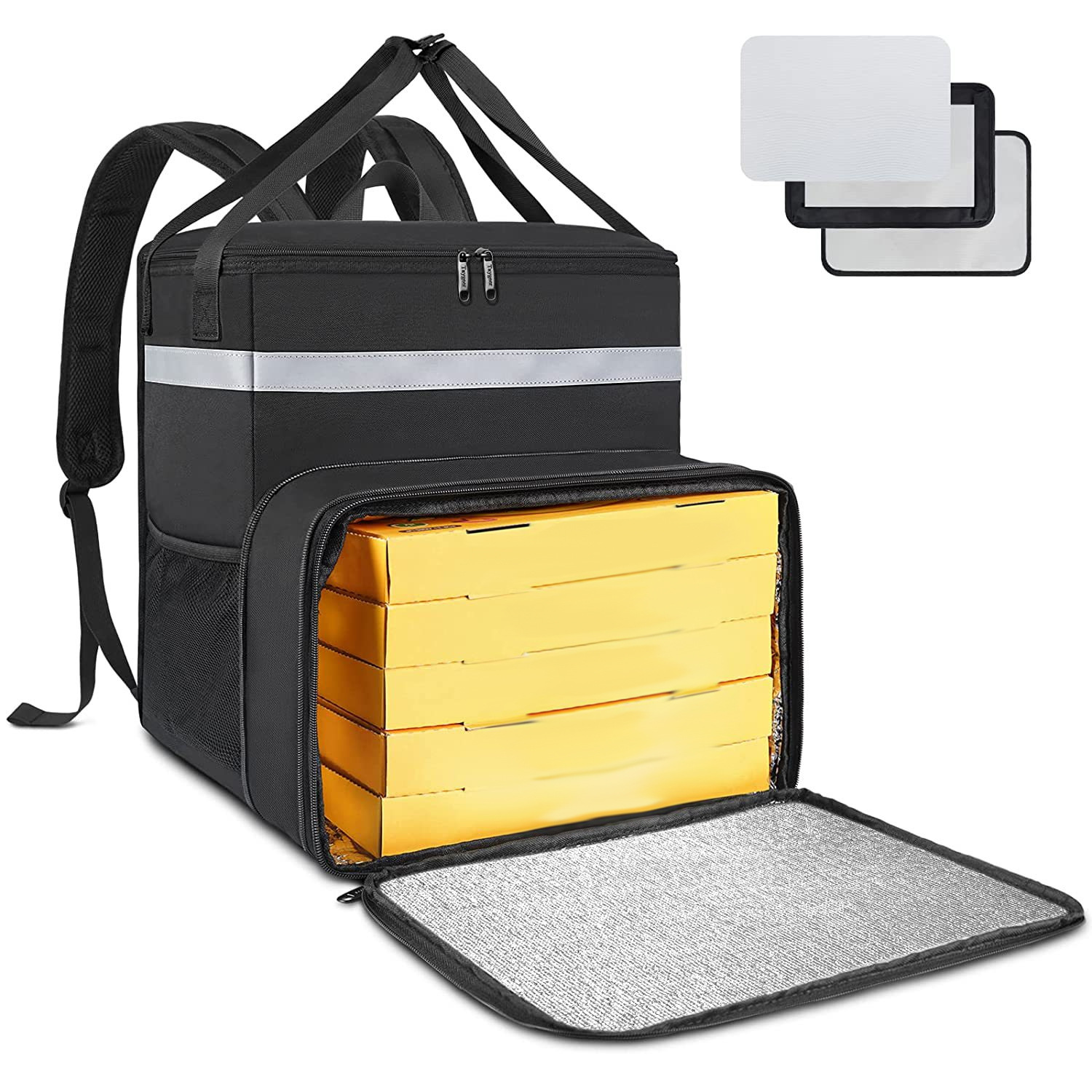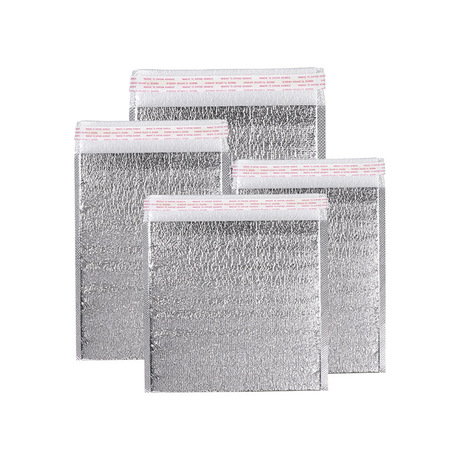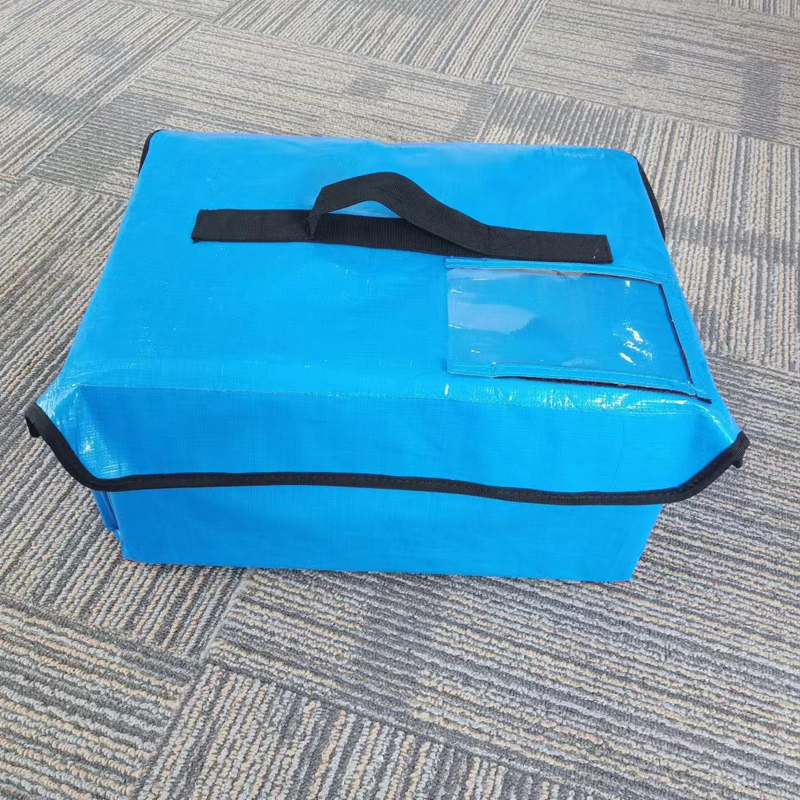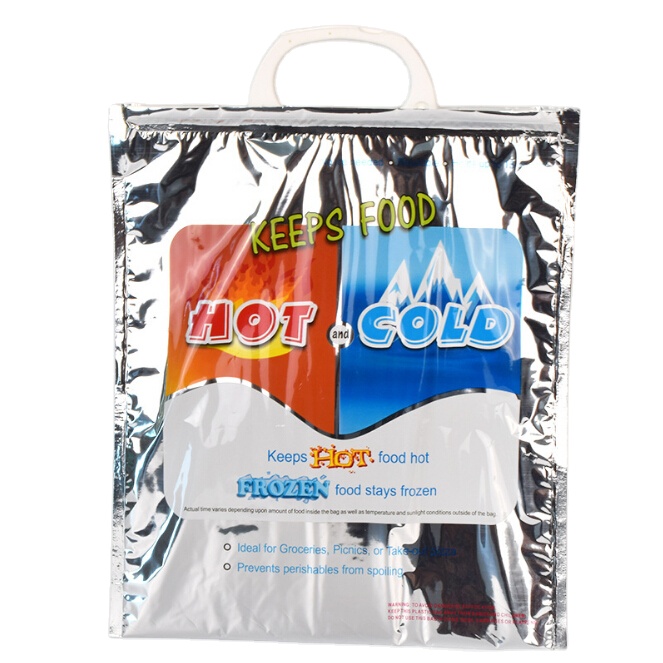1. Cold chain transportation:
Refrigerated transportation: suitable for fresh meat, such as fresh beef, pork, or chicken. Meat needs to be maintained within the temperature range of 0 ° C to 4 ° C throughout transportation to prevent bacterial growth and maintain freshness.
Frozen transportation: suitable for meats that require long-term storage or long-distance transportation, such as frozen beef, pork, or fish. Usually, meat needs to be transported and stored at temperatures of 18 ° C or lower to ensure food safety and prevent spoilage.
2. Vacuum packaging:
Vacuum packaging can significantly extend the shelf life of meat products, reduce the contact between oxygen in the air and meat, and reduce the chance of bacterial growth. Vacuum packaged meat is often paired with cold chain transportation to further ensure food safety during transportation.
3. Special transport vehicles:
Use specially designed refrigerated or frozen trucks for meat transportation. These vehicles are equipped with temperature control systems to ensure that meat is maintained at an appropriate temperature during transportation.
4. Comply with hygiene standards and regulations:
During transportation, it is necessary to comply with relevant food safety standards and regulations to ensure that meat products are always in good hygiene condition before reaching their destination. Transport vehicles and containers should be regularly cleaned and disinfected.
5. Rapid transportation:
Minimize transportation time as much as possible, especially for fresh meat products. Fast transportation can reduce the time meat is exposed to non ideal temperatures, thereby reducing food safety risks.
Overall, the key to meat transportation is to maintain a low-temperature environment, comply with food safety regulations, and use packaging materials and technology reasonably to ensure the freshness and safety of meat.






.jpg)













